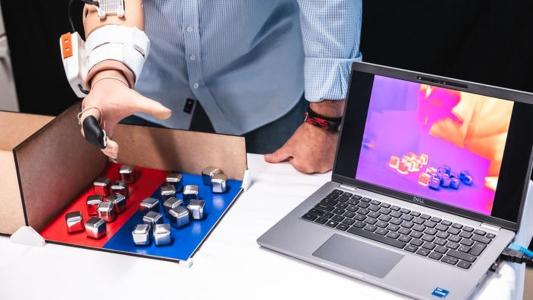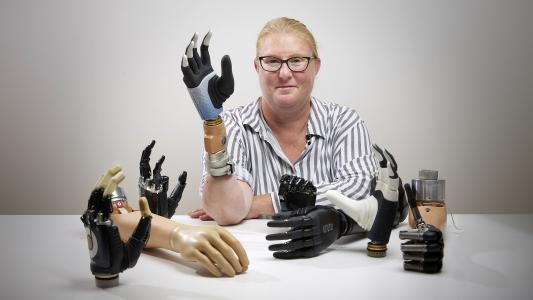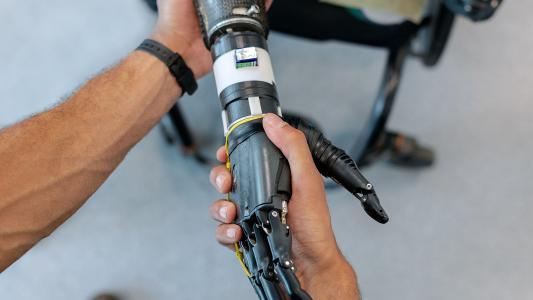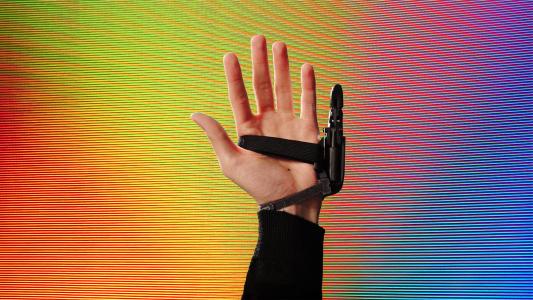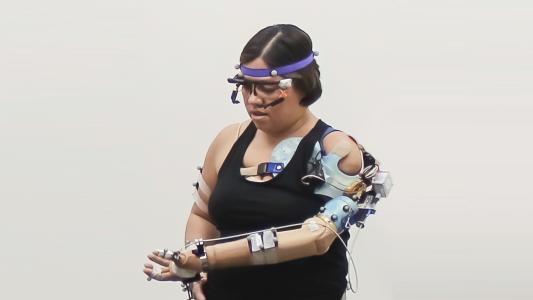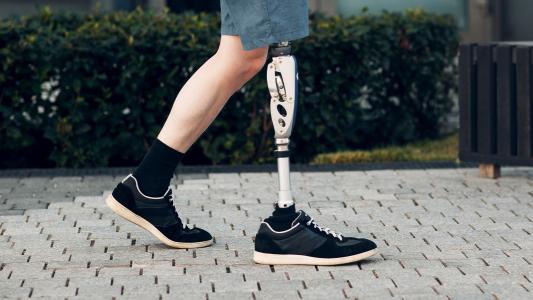Prosthetics
Man feels hot and cold again with prosthetic hand breakthrough
Researchers have built a device that helps users feel temperature through a prosthetic arm. A new study shows it works with high accuracy.
This bionic hand is fused to a woman’s bones, muscles, and nerves
A new way of merging the body with a bionic hand provided a woman with more control over her prosthetic and less phantom limb pain.
A cure for blindness may be first product made in space
An ISS experiment suggests that manufacturing artificial retinas in space will make them more effective at reversing blindness.
Is our world ready for mind-controllable robotic body parts?
Advanced neuroprosthetics are here, and they could hook our brains into the Internet of Things.
Can your mind ever “own” an extra body part?
A robotic finger can feel like a part of our hand after just a short time using it, suggesting that our brains can "own" extra body parts.
Man builds his own bionic hand out of melted plastic bottles
After creating a bionic hand for himself, Peruvian engineer Enzo Romero launched a company to sell the low-cost prosthetics to others.
UK man receives world’s first 3D-printed prosthetic eye
U.K. researchers have developed a 3D-printed prosthetic eye that’s more realistic and easier to produce than traditional ones.
MIT’s new bionics center may usher in our cyborg future
MIT has established a new bionics research center to help people everywhere overcome the challenges of disabilities.
New bionic arm is incredibly close to the real thing
A new bionic arm is so intuitive, wearers think and behave like people without amputations while using it to perform everyday tasks.
Tiny magnetic beads and turkeys may lead to better prosthetic limbs
MIT and Brown researchers have developed a technique using implanted magnetic beads that they hope will lead to better control of prosthetic limbs.
